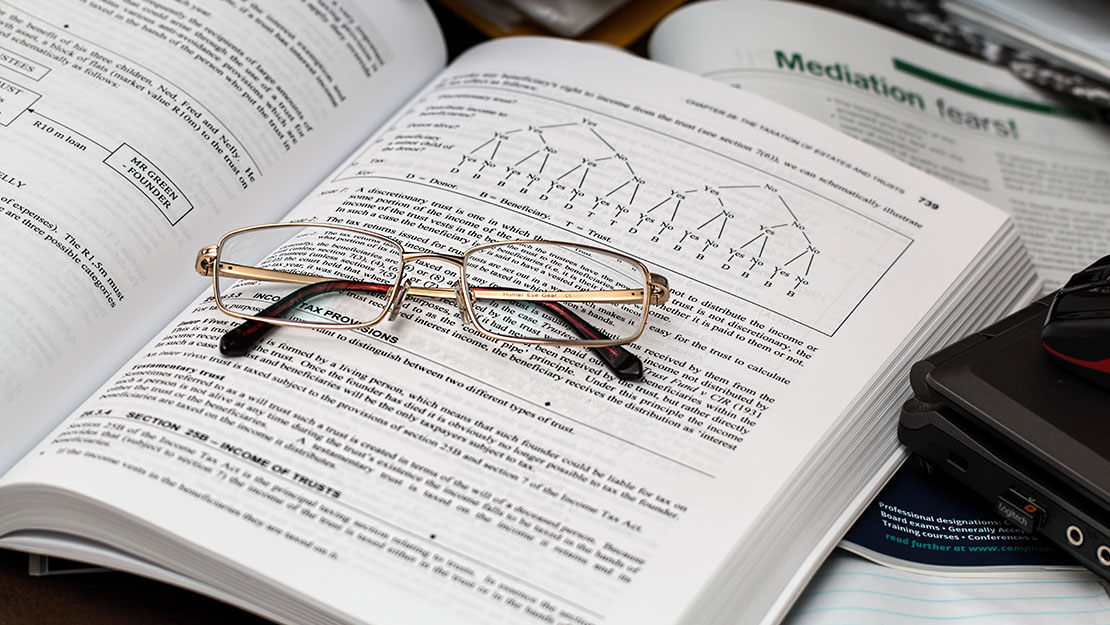

ผู้วิจัย
Peempond Phaprom and Tepporn Lomarak
บทคัดย่อ
Abstract. This preliminary study aimed to explore collaborative problem solving (CPS) competency for 12th grade students applying a STEM mini- project on a hydraulic system model. The participants were 85 twelfth graders who are enrolled in Physics class. Engineering design process was used as learning steps within four weeks of the study period. A lesson plan of the STEM mini- project on Hydraulic system model, student’s behaviour observation form, and student's artefacts assessment form were used as the study tools with rubric rating scale. The student’s CPS competency was identified into three major competencies: establishing and maintaining shared understanding, taking appropriate action to solve the problem, and establishing and maintaining team organization. Each major competency was divided into three scales: good, fair, and unsatisfied. The results revealed that 58.8% of all students were at a fair level of the CPS competency, and the rest were unsatisfied. The highest average score was the establishing and maintaining shared understanding competency followed by taking appropriate action to solve the problem and establishing and maintaining shared understanding, respectively. Descriptive observation and suggestions will be presented in this study.
บรรณานุกรม
[1] OECD. (2017). PISA 2015 Results (Volume V): Collaborative Problem Solving, PISA, OECD Publishing, Paris. http://dx.doi.org/10.1787/9789264285521-en (accessed on 10 July 2018). [2] The Promotion of Teaching Science and Technology (IPST). (2019). PISA 2015 Results for Thailand: Collaborative Problem Solving. https://pisathailand.ipst.ac.th/pisa2015-cps-fullreport/ (accessed on 5 April 2019). (In Thai) [3] Neadratsamee, C., Kijkuakul, S. & Sananmuang, R. (2019), An Action Research on Development of Stem Education Based on Engineering Design Process for Promoting Collaborative Problem Solving Competencies on Environmental Chemistry of 10th Grade Students. Journal of Rangsit University: Teaching & Learning, 13(1). January – June 2019. (In Thai) [4] Silachot, S., Kijkuakul, S. & Chuachuadchaiyasith, W. (2020). Development of collaborative problem solving competency on 11th grade students by using problem based STEM learning management in the topic of electrochemistry. Journal of Education Naresuan University, 22(3). July - September 2020. (In Thai) [5] Vygotsky, L.S. (1986). Thought and language, The MIT Press, Cambridge, MA. [6] Vygotsky, L.S. (1978). Mind and society: The development of higher mental processes, Harvard University Press, Cambridge, MA. [7] Cukurova, M., Avramides, K., Spikol, D., Luckin, R., & Mavrikis M. (2016). An analysis framework for collaborative problem solving in practice-based learning activities: A mixed-method approach. 84-88. 10.1145/2883851.2883900. [8] Phaprom, P., Nachanthong, J., Nachanthong, A., & Ounchareon, J. (2019). Promoting problem solving and thinking competencies for the middle school students using STEM activities in the Moderate Class, More Knowledge project. Journal of Physics: Conference Series : 1340 012011. [9] Chen, L., Uemura, H., Goda, Y., Okubo, F., Taniguchi, Y., Oi, M., Konomi, S., Ogata, H. & Yamada, M. (2018). Instructional Design and Evaluation of Science Education to Improve Collaborative Problem Solving Skills. In E. Langran & J. Borup (Eds.), Proceedings of Society for Information Technology & Teacher Education International Conference (pp. 1364-1369). Washington, D.C., United States: Association for the Advancement of Computing in Education (AACE). Retrieved June 10, 2020 from https://www.learntechlib.org/primary/p/182705/.
Peempond Phaprom1,a and Tepporn Lomarak2,b
1,a Department of Science and Technology, Thakhantho Wittayakhan School, Kalasin. Thailand.
2,b Division of General Science, Faculty of Education, Buriram Rajabhat University
tepporn.lm@bru.ac.th
Abstract. This preliminary study aimed to explore collaborative problem solving (CPS) competency for 12th grade students applying a STEM mini- project on a hydraulic system model. The participants were 85 twelfth graders who are enrolled in Physics class. Engineering design process was used as learning steps within four weeks of the study period. A lesson plan of the STEM mini- project on Hydraulic system model, student’s behaviour observation form, and student’s artefacts assessment form were used as the study tools with rubric rating scale. The student’s CPS competency was identified into three major competencies: establishing and maintaining shared understanding, taking appropriate action to solve the problem, and establishing and maintaining team organization. Each major competency was divided into three scales: good, fair, and unsatisfied. The results revealed that 58.8% of all students were at a fair level of the CPS competency, and the rest were unsatisfied. The highest average score was the establishing and maintaining shared understanding competency followed by taking appropriate action to solve the problem and establishing and maintaining shared understanding, respectively. Descriptive observation and suggestions will be presented in this study.








ความคิดเห็น